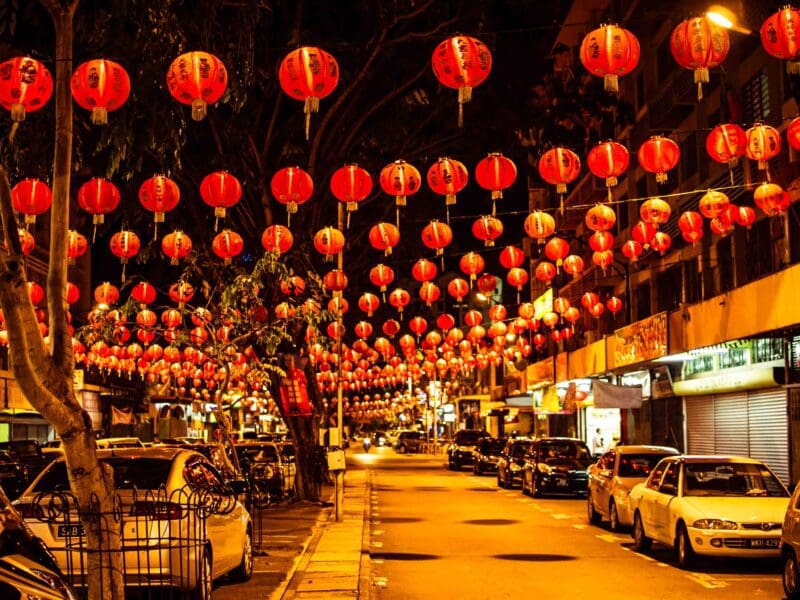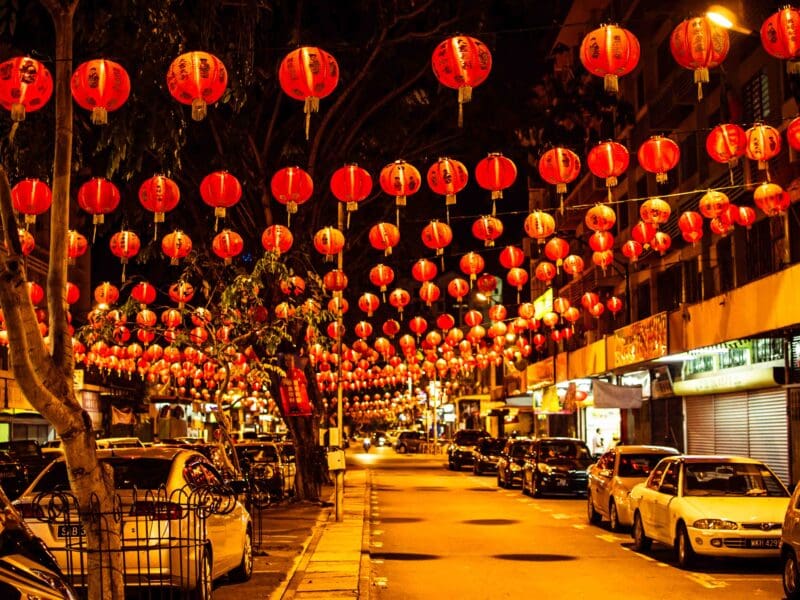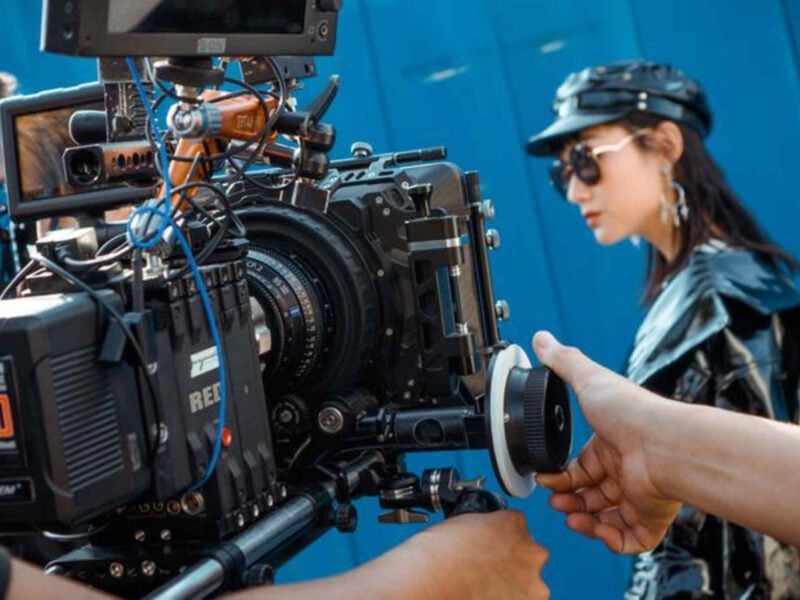
Understand the meaning of tarot cards: Here’s a guide to the decks
Whether you see them as a spiritual practice, a fun party game, or a tool to understand the universe, tarot cards are incredibly powerful. They might seem intimidating at first; however, with a little practice, you can master any deck.
Our guide will walk you through things to consider when picking out a tarot deck and what some of the cards mean. The deck consists of 78 cards. With that many cards, we’ll pick out some of the most important cards to be aware of.
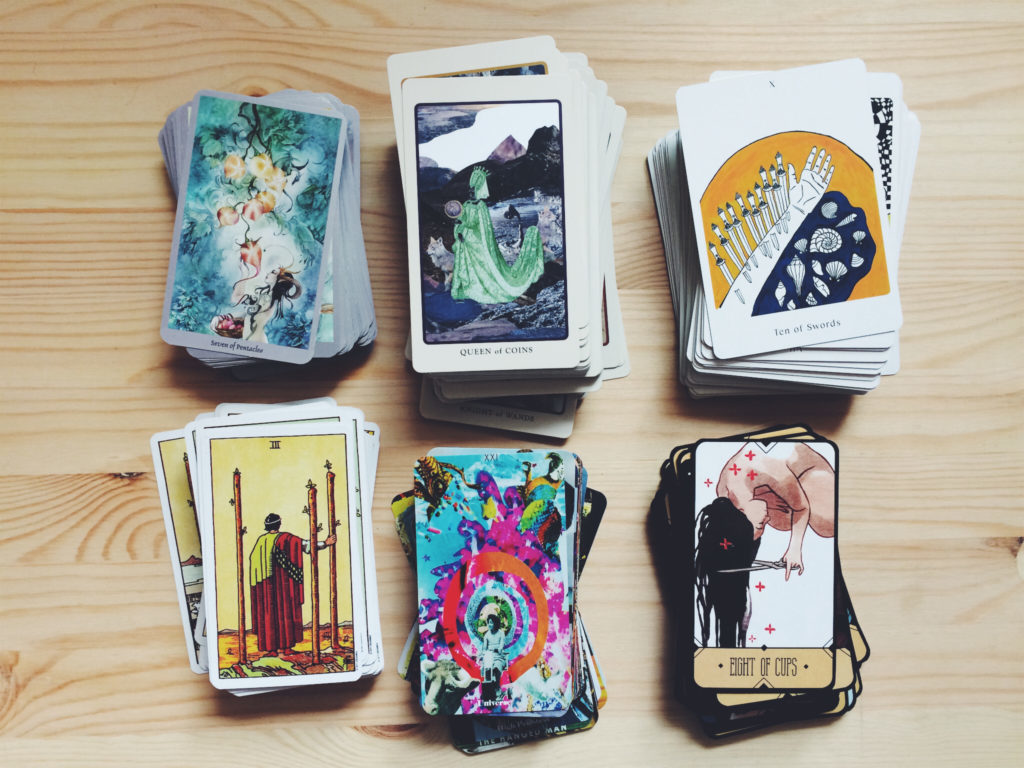
Picking out a deck
When picking out a deck, go with your gut reaction to a deck. You should be drawn to it. Don’t let any reviews or other tarot card readers sell you on a deck. That being said, there are some practical things to consider when choosing your deck. Here are some questions to ask yourself before buying a deck.

Do you like the artwork?
When we say drawn to a deck, we really mean it. And that could be because of the artwork. Pick the artwork of a deck that speaks to you. You’re going to be looking at the artwork every time you perform a read, so pick something that you enjoy. A lot of readers will pick a deck based on the artwork on their favorite card.

What is the purpose of the cards?
Every deck comes with a specific energy and purpose. A key to picking out a deck is understanding what you’ll use the deck for and the deck’s intended purpose. There is a Tarot of Sexual Magic deck. We aren’t sure what purpose you’re looking for when purchasing the deck, but they might not be for everyday use.
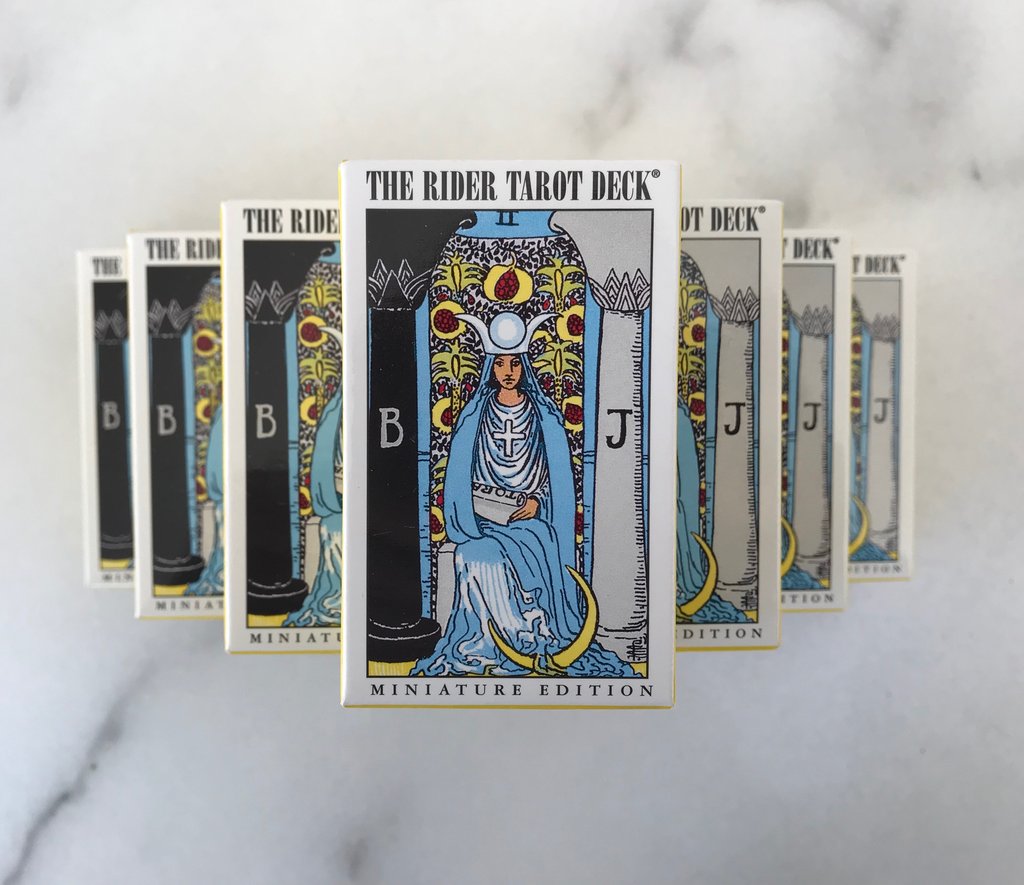
What’s your skill level?
Some decks are naturally easier to read than others. Beginners might opt for the Rider-Waite tarot deck because they’re over 100 years old and have a lot written about them. Every modern deck is based on this one and might be worth starting here before branching to other decks.
Other decks, like The Nightmare Before Christmas deck, have slight variations of the meanings. They also might be fun to look at, but the artwork might not help you remember the cards’ meanings as the Rider-Waite deck will. However, The Nightmare Before Christmas deck comes with a guide book perfect for novices.
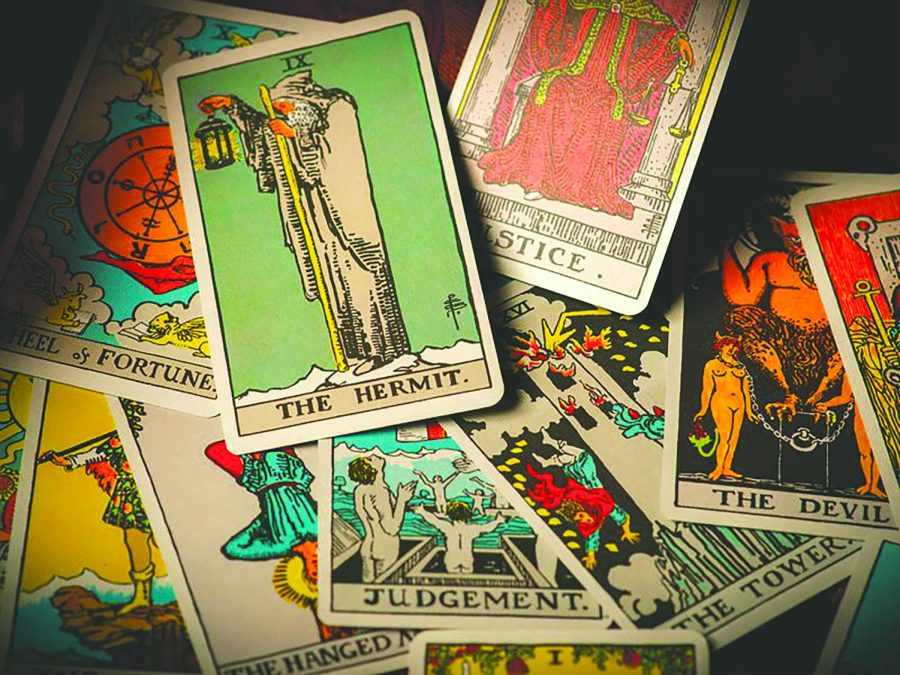
Card meanings
There are seventy-eight cards in a tarot deck. We’ll focus on the difference between the Major & Minor Arcana, the meaning of the Minor Arcana suits, and define the most misunderstood card in the deck.

Major vs. Minor Arcana
A tarot deck is divided into two sections – Major & Minor Arcana – and isn’t hard to understand. Major Arcana refers to major events, and Minor Arcana refers to minor everyday events.
Major Arcana can point to life-changing events and moments of transition. They’re numbered to represent the passing of time and are stations within our greater journey in life.
Minor Arcana depict events of temporary or minor importance and suggest actions triggered by human emotions. Unlike the Major Arcana, Minor Cards are divided into four suits, like playing cards. However, Minor Arcana cards are numbered like Major Arcana representing a journey’s stations, with ace being the beginning and ten being the end. There are also court cards representing our level of understanding.

Minor Arcana suit meanings
Suit meanings refer to areas of life. Compared to Major Arcana, they are minor life events. However, it doesn’t mean they are less important to consider. Here are the meanings of the four suits:

Cups
The suit of Cups reflects your emotion, intuition, and creativity. They also deal with our emotional levels of consciousness with ourselves and in our relationships. In a tarot reading, Cups usually signal the querent is thinking with their heart over their head.
Readers should associate the suit with water signs because emotions ebb and flow like water: at times, they’re gentle and relaxing like rolling waves at the beach, while they can be powerful as a raging river.

Swords
The suit of Swords deals with our intelligence and mental levels of consciousness. Swords also deal with a balance between intellect and power. The actions can be constructive and/or destructive, representing change, force, power, oppression, ambition, courage, and conflict.
The Suit of Swords goes with air signs because both deal with thoughtful & rational people. However, the mental levels of consciousness associated with Swords are often intangible, unseen, and constantly moving like air can be a gentle breeze or howling winds.

Pentacles
The Suit of Pentacles deals with our physical levels of consciousness like health, wealth, and careers. Internally we can see this as being involved with our self-image, self-esteem, and ego. Its astrological element is earth because we can tangibly see and feel the earth like the physical aspects of the suit.

Wands
The suit of wands deals with new ideas and passions. Like Pentacles, Wands deals with inward-facing ideas. However, Wands are more chaotic and energetic by nature which is why their astrological element is fire. These cards address what makes you tick, examining your personality, ego, self-concept, and personal energy, both internal and external.

Death card
We figured as Death is the most well-known & feared tarot card, it was only right to talk about it. Despite its artwork depicting death, it’s the most misunderstood card in the deck. Pulling Death during a reading does not mean your death is imminent. The Death card refers to a powerful major transition in life.
All Death means is the end of a major part or phase of your life. Before we continue, understand that a card has a different meaning if pulled upright or reversed. When Death is upright, it means you embrace that change; when it’s revered, it means you are putting it off or resisting the inevitable change.
—
What do you think about Tarot cards? Do you believe them? What cards should we breakdown next? Let us know in the comments.





